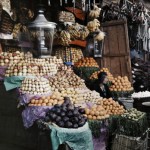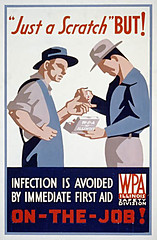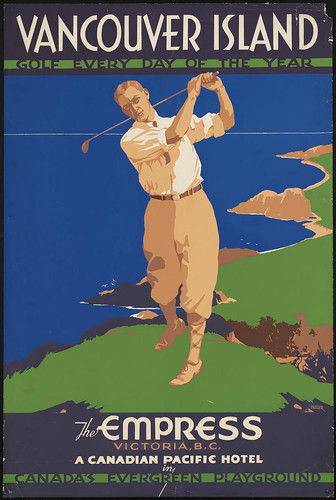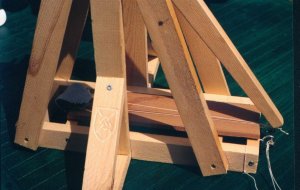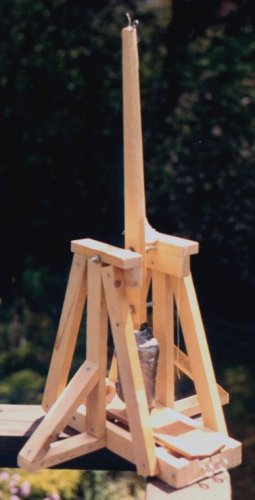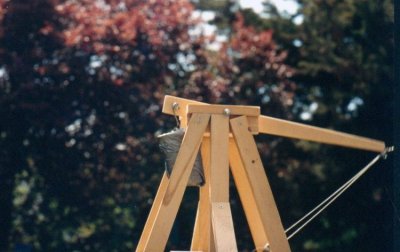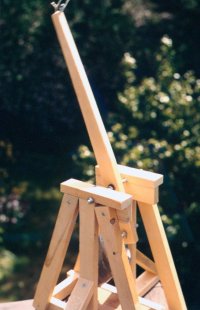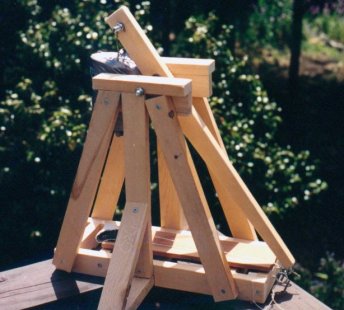Being a Kipling fan, I kept this when it came on one of the mailing lists I’m on, and decided to post it here. I have no idea who the original author is, but I didn’t write it, so if you know who did, please contact me so I can give credit where due! In the meantime, enjoy. — Brian
Advice to a British Lead Soldier
Dedicated to LVB
by Flashdout Kasting
If yer painted with oils and washed with a brush,
If yer de-tail’s all crisp and yer parting-line’s flush,
Remember it don’t mean a tittle or tush
To the Man Who Writes The Rules
If yer coat’s painted red when it ought to be blue
An yer ‘at’s an off-color, yer skin’s a sick hue
It don’t matter a bit ‘ow some fool painted you
For you lives an you dies by the Rules.
If yer paint is all chinky from years o’ hard use
An yer bayonet’s gone an one arm’s hangin loose,
Yer as good as the next ‘un an’ just as much use,
To The Man Who Writes The Rules.
Oh he knows all the hist’ry, he thinks an’ he reads,
And what ‘e don’t know ‘e can fake if he needs,
‘E can tell you the pace of men, camels or steeds,
An’ the 2D morale o’ the mules.
He’s a Solomon wise with a sceptre an’ crown
He’s historian, mathematician and clown,
An he don’t care a whit (which is good!) for renown.
He’s The Man Who Writes The Rules.
If yer lined with a marker, or lined with a pen
Painted double-ought sable or camel-hair ten,
It’s one an’ the same when the dice roll again
For you lives an’ you dies by the Rules.
If yer base is magnetic, or coinage or card,
If yer pose is high port, or reloading, or guard,
If yer bought by the casting or bought by the yard,
It don’t mean a toss if yer plastic or hard
To The Man Who Writes The Rules.
On styrofoam hill or vermiculite plain
When the tape-measures whirr and the dice roll again,
An’ the pizza-smell’s thick, so’s to rattle yer brain,
It’s the Rules that permit, an’ the Rules that restrain,
And you lives an you dies by the Rules.
For the painter’s a grind and the gamer’s a plod;
The collector, ‘es just an obsessive old sod,
But I tell you, ‘es bloody well near to a God
Is The Man Who Writes The Rules.
Oh the rules they are fresh, or the rules they are stale,
An’ they favour the dusky or favour the pale,
An’ they’re overly broad or ‘ave too much detail,
An’ they don’t know the difference ‘twixt Congreve and Hale,
And they finish too quick or they plod on too long,
An’ they figure the spears or machine-guns too strong,
An’ their cavalry movement is simply all wrong
But when the dice sing o’ their rattley song
It’s all just the prattle of fools
For you lives and you dies
Mind, you lives and you dies
Yes, you lives and you dies
By the Rules.
